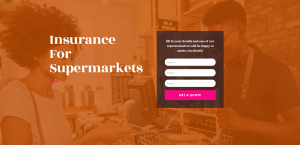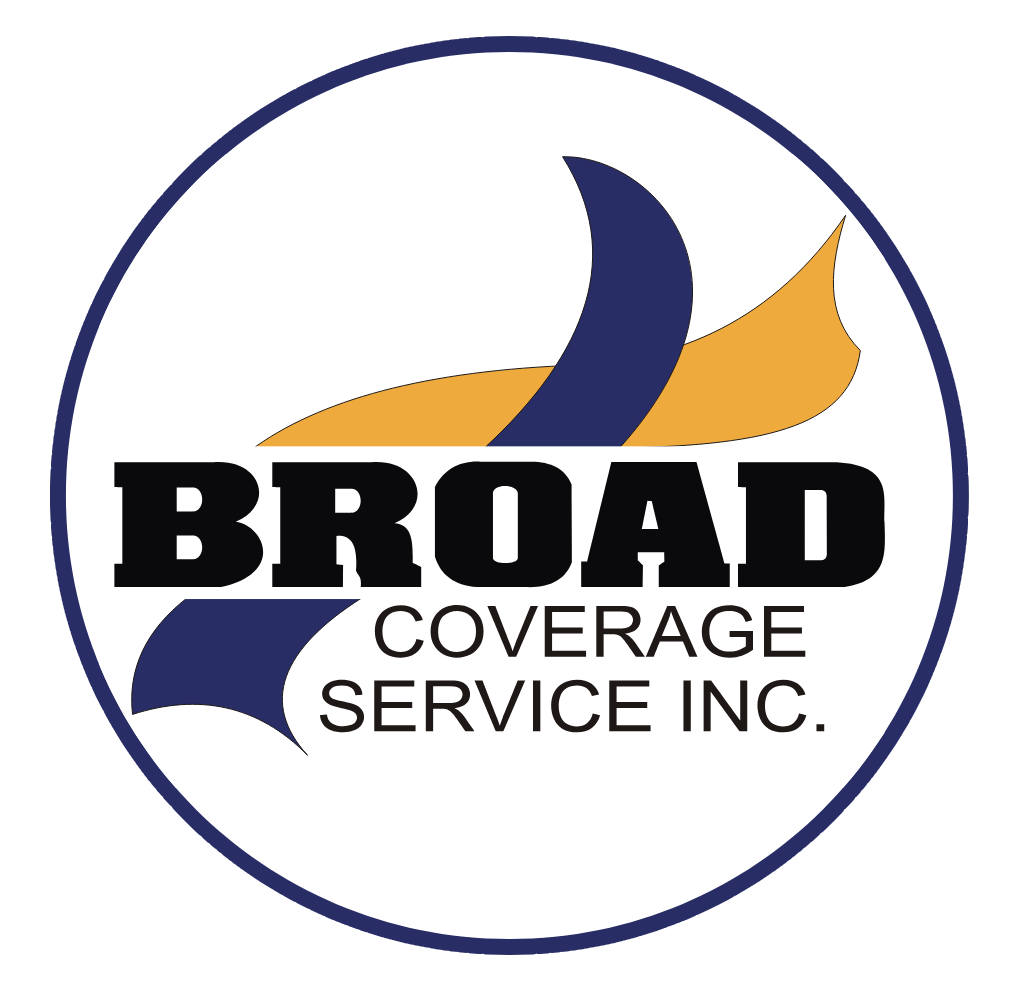Flood insurance is more affordable than people expect and definitely not the painful insurance buying experience of the past.
The recent Neptune Consumer Survey of Flood Risk Awareness, a national survey conducted in partnership with the University of South Florida, uncovered three areas of consumer confusion.
As a result, the United States has dangerously low homeowner uptake of flood insurance. In addition to resulting in high financial losses for unprotected homeowners and an over-reliance on public sector workers and programs to recover, this also contributes to slower economic recovery in affected areas.
Understanding how homeowners are confused about flood insurance can go a long way toward closing this dangerous coverage gap.
The three misconceptions
No. 1: Insureds often underestimate their flood risk.
The survey of 1,019 individuals in 36 flood-prone states indicates a significant underestimation of flood risk by consumers across the country. Consider that:
- 63% of those surveyed believed they were at low to no risk of flooding, while a 2019 Verisk analysis indicates that more than 50% of U.S. homes are at moderate to extreme risk of flooding.
- In Florida, which is the U.S. state with the highest overall flood risk, 65% of respondents believed they were at low to no risk.
No. 2: Insureds believe flood insurance is more expensive than it is.
Respondents were generally unaware of the cost of flood insurance. Forty-five percent of homeowners who responded to the survey opted not to buy flood insurance due to perceptions or concerns about the cost. They often said they “heard from friends or media that flood insurance is very expensive.”
No. 3: Insureds are often unaware of the flood coverage options in the private insurance market.
Consumers tend to be confused about their flood insurance options. Many don’t understand that there are providers other than the government’s National Flood Insurance Program, when in fact, there are more than 120 private flood insurers in the U.S. and at least one in every state.
The potential solution
Solving this coverage problem also has three steps.
No. 1: Educate consumers.
Consumers need to know about the risk of flooding and how they can get a clear indication of their risk. Although the insurance industry as well as the Federal Emergency Management Agency (FEMA) collectively spend millions of dollars each year in educational materials about flood risk, consumers remain largely unaware of the danger.
One tool that can help is the recently launched website floodfactor.com. It provides free online assessments of flood risk for both current and future climate scenarios. Insurance agents who are experienced with flood insurance also are an invaluable resource to consumers trying to determine whether they need flood insurance and which coverages may be best for them.
No. 2: Education professionals.
Realtors, lenders and anyone else involved with residential properties should be well-versed in talking with homeowners about flood risk and insurance.
The private flood segment is rapidly growing, up from barely 1% of the residential flood insurance market to nearly 10% today. Since the onset of the COVID-19 pandemic, an additional benefit of private flood options is that they are essentially “touchless,” with no onsite inspections. Many flood insurers also utilize web-based e-signature and payment options.
No. 3: Flood insurance pricing needs to be transparent, and coverage needs to be affordable.
Time will tell whether the steps outlined above result in greater awareness and protection. If not, other solutions such as broader mandates similar to homeowners and auto insurance may be necessary.
With new web tools and experienced agents, it is far simpler now for a homeowner to get an accurate estimate of their flood risk. In addition, protecting a property from a huge financial loss is a smart move. Flood insurance is more affordable than people expect, and definitely not the painful insurance buying experience of the past. With the many options available in the private markets, insureds might even conclude that it’s enjoyable!








